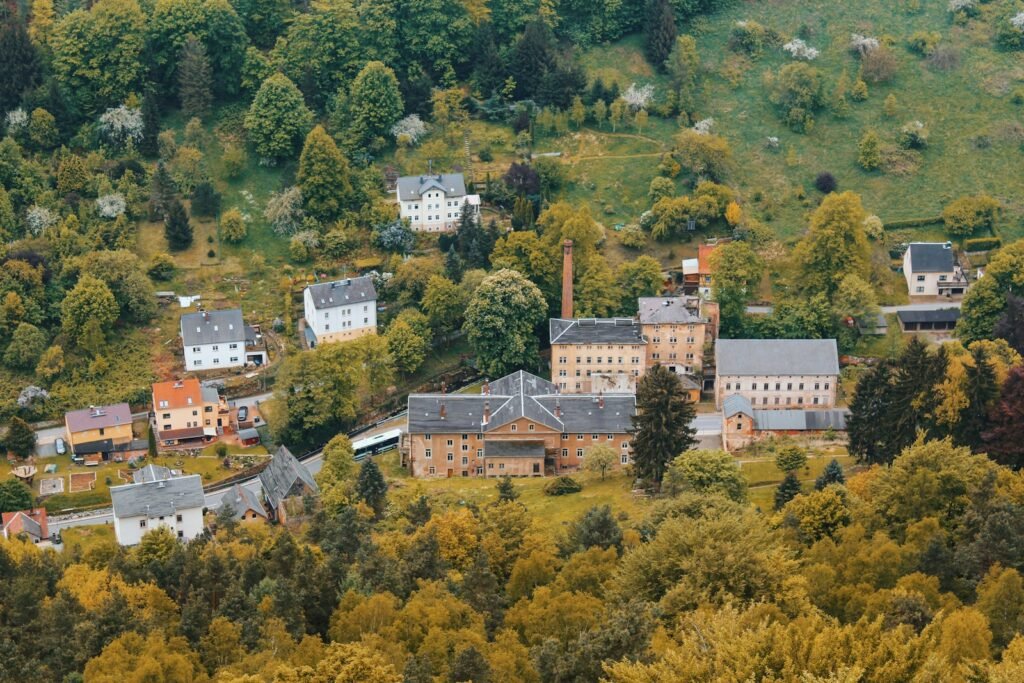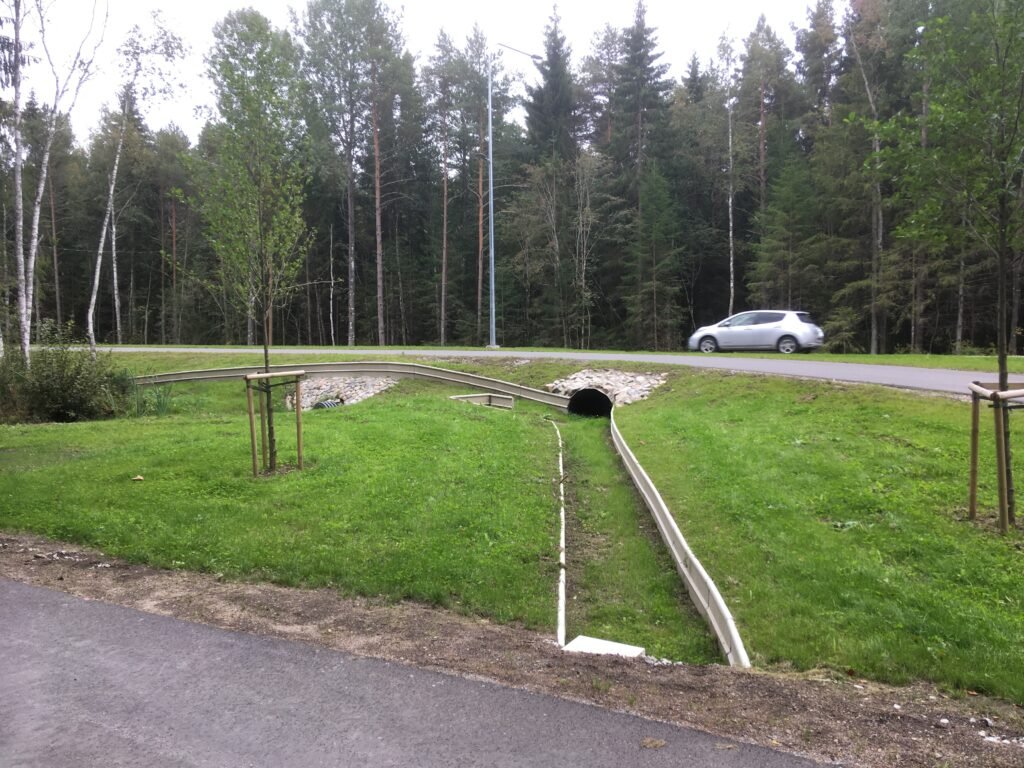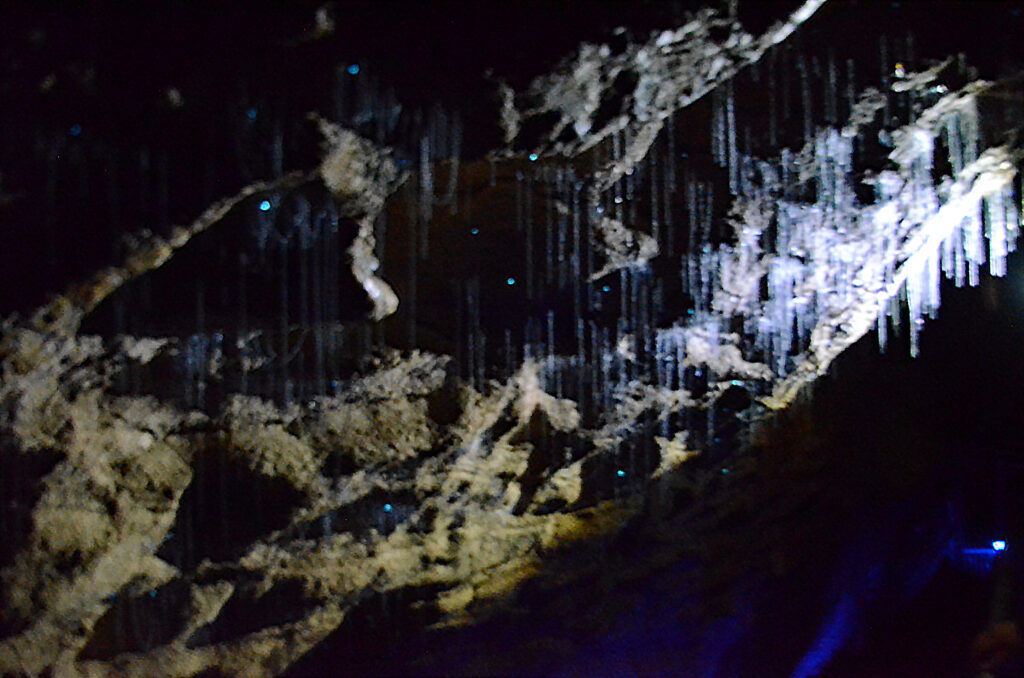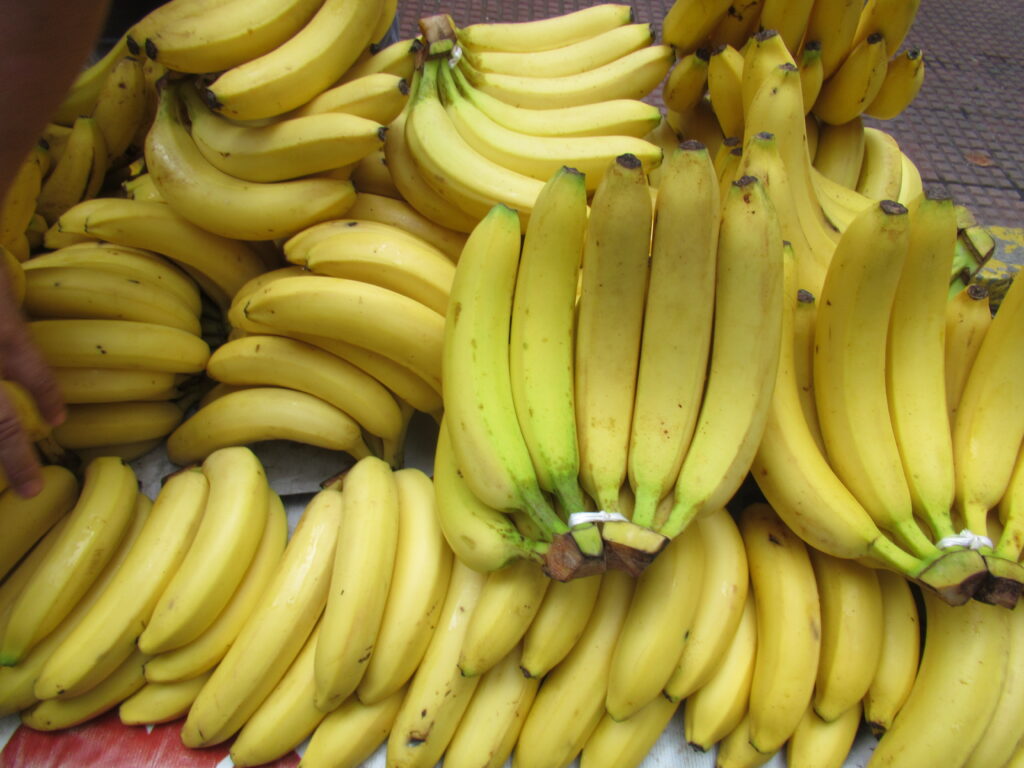Urbanization, the rapid expansion of cities into previously undeveloped areas, poses a significant threat to wildlife. As human populations grow, natural habitats are encroached upon, leading to a decline in biodiversity and the disruption of ecosystems. This article explores how urbanization is affecting wildlife and presents solutions to help humans and animals coexist more harmoniously in urban environments.
The Impact of Urbanization on Wildlife

Urbanization leads to habitat loss, fragmentation, and pollution, all of which undermine the health of wildlife populations. Natural landscapes are replaced by concrete, roads, and buildings, leaving little room for native species to thrive. These changes often result in the loss of critical habitats, such as wetlands and forests, that many species rely on for food and shelter. Wildlife is forced to either adapt to the altered conditions or face extinction.
Examples of Affected Species

Many species are struggling to survive in urban areas. Birds, such as sparrows and pigeons, have adapted to city life, but others are not as fortunate. For example, the Eastern Box Turtle’s habitat in North America is increasingly fragmented by roads and urban development, leading to a decline in their numbers. Similarly, large mammals like deer and coyotes are frequently displaced, leading to dangerous encounters with humans.
Consequences of Displaced Wildlife

When wildlife is displaced due to urbanization, it often results in human-wildlife conflicts. Animals searching for food and shelter may venture into residential areas, causing damage to property and posing threats to human safety. Furthermore, roads and vehicles pose significant risks to wildlife, with thousands of animals killed each year in traffic accidents. Additionally, displaced wildlife can spread diseases, impacting both human and animal populations.
Strategies for Coexistence

While urbanization poses challenges, several innovative solutions have emerged to help humans and wildlife coexist in cities:
Urban Planning and Green Spaces

Thoughtful urban planning is crucial in creating wildlife-friendly cities. Designing green spaces, such as parks and green roofs, provides essential habitats for urban wildlife. These spaces serve as corridors connecting fragmented habitats, allowing animals to move safely through urban areas. Planting native vegetation also supports local ecosystems and offers food and shelter for species adapted to the region.
Wildlife Crossings and Ecopassages

Building wildlife crossings, such as overpasses and underpasses across roads, helps reduce wildlife-vehicle collisions and reconnects fragmented habitats. These structures provide safe passages for animals and allow them to access essential resources without crossing dangerous roads. Ecopassages are particularly effective for species with specific migratory routes or those that travel long distances in search of food.
Community Education and Involvement

Public awareness and education campaigns can play a crucial role in promoting coexistence with urban wildlife. Educating communities about local wildlife and the importance of biodiversity encourages residents to adopt more wildlife-friendly practices. Community involvement in initiatives such as wildlife monitoring projects and urban conservation efforts can foster a sense of stewardship and responsibility towards local ecosystems.
Conclusion

While urbanization poses significant challenges for wildlife, it also presents opportunities for innovation and coexistence. By adopting forward-thinking urban planning strategies and promoting community involvement, cities can become havens for both humans and wildlife. Embracing these solutions not only benefits biodiversity but also enhances the quality of life for urban residents, creating cities that are more sustainable and resilient for future generations.




